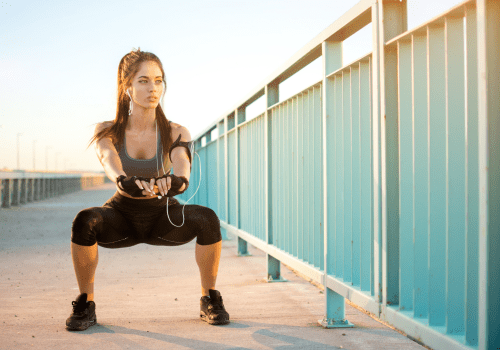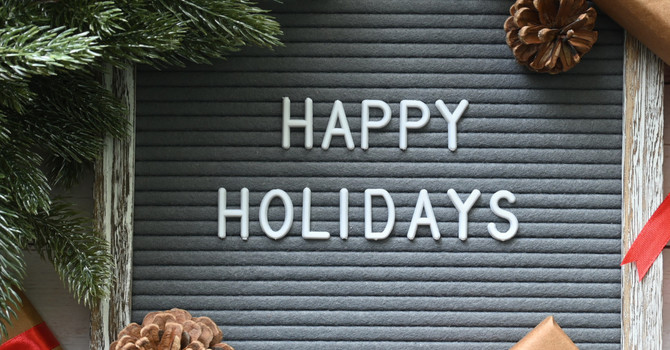
I hope your progression from wall slide squats into bump squats is going well! Some of you may already be doing box squats. If so, great work. Today I’d like to talk about another common problem I see on a daily basis working with patients with low back and leg pain. When they squat they just can’t keep their heels on the ground. If your heels lift off the ground while squatting (Go ahead and check! I’ll wait…) you are putting your knees and low back under greater strain than is necessary. Sometimes this is just a habit and requires practice to form a new habit. If you CAN keep your heels on the ground, but often find yourself balancing on the balls of your feet while bending down to pick up items from the floor keep practicing the exercises covered in blog #1 in this series. When your buttocks and hip musculature are strong enough and your balance has improved you’ll be squatting like a pro.
So, for the rest of you still reading because try as you might those heels just don’t stay on the ground let’s try to figure out why. If you have pain anywhere in your feet, legs or back while trying this test seek the help of a chiropractor or physical therapist to make sure the problem is just mechanical and not something more serious. If it seems impossible to do, but there is not pain a simple test can help determine why you can’t move properly. Place a piece of tape 4 inches (10 cm) from a wall and step up to the line you just made with the big toe of 1 foot. Move forward with your body bending your knee until your kneecap touches the wall. Repeat this for the other foot. If you are unable to touch your knee cap to the wall on either side your ankle is the problem. If you feel stiffness or a jamming sensation in the front of your ankles you will probably need help getting those joints moving. A chiropractor who specializes in working with extremity complaints, like a CCEP, or a physical therapist with training in joint manipulation may be able to help if the joint hasn’t been surgically fused and if arthritic change isn’t advanced. Often times your joint motion can improve even if you have one of these issues, but it must be done carefully and the simple stretches that follow may actually do more harm than good.



Most of you will probably feel a stretch in the back of your calf or Achilles tendon. You may just need to stretch regularly and correctly and gradually your ROM will return. Most people only stretch their calves in one position which is why their calves remain tight. Two muscles make of the calf. The gastrocnemius (the 2 bumps behind your knee) and soleus muscles (the 1 you can’t see). Both attach to your heel and combine to make the Achilles tendon. To get the most out of your stretching foam roll or massage (lacrosse balls work great!) each calf for at least 2 minutes before stretching them. Perform 3+ sets of stretches held for 10 deep breath cycles for your calves with your knees straight and then repeat the whole process with your knees bent. I like putting the balls of my feet on a step and letting my heels drop down. The best part is that gravity does most of the work for you! If you prefer to give your arms a little workout in the process you can lie on your back and loop a towel or stretching band around the ball of your foot to perform the same basic stretch as you push your foot up to the ceiling while the band pulls your toes back toward your shin. Remember to perform 3+ sets with your knees straight and 3+ sets with your knees bent. Perform these stretches at least 3 times per week to see change, but if you want to improve quickly they can be perform daily to tolerance.
Keep an eye out for #3 in this blog series where we’ll discuss what to do if your knees are the problem. Enjoy those calf stretches!



